#bird boxes
Link
They are in nearly every village, town and city across the UK, thousands of church buildings peppering the landscape. But while many may no longer be in regular use, the churchyards surrounding them – quiet, peaceful and often ancient – amount to what Olivia Graham, the bishop of Reading, equates to “a small national park.” The land beyond the church gate is some of the most biodiverse in the UK because it has largely stayed untouched.
“A churchyard is a little snapshot of how the countryside used to be,” says Somerset Wildlife Trust’s Pippa Rayner, who is working on Wilder Churches, a new initiative with the diocese of Bath and Wells “to enhance churchyard biodiversity across the county...”
Wilder Churches is one of several schemes that have launched across the UK with the aim of maximizing biodiversity in churchyards. David Curry leads the Living Churchyards project in south-west England, a voluntary scheme that advises local clerics on how to use the land surrounding their church for the benefit of nature...
“Wildlife, as well as needing to feed, needs to hide, shelter and nest. Churchyards offer loads of opportunities for that,” says Rayner. “They are brilliant for lots of different things: it could be birds, lots of lesser-known plants, things like lichens, mosses and liverworts, which are sort of pioneer species that will grow on stones and gravelly areas associated with a churchyard. It’s a fantastic place for bees and butterflies, but also for the less noticeable small mammals, which in turn provide food for birds of prey and owls.”
“Churchyards are some of the least polluted lands around,” says Andy Atkins, chief executive of A Rocha UK, a Christian conservation charity whose “eco-church” programme rewards churches for taking positive actions for climate and nature. Last year, it saw the highest number of sign-ups for the programme in its six-year history, with 10% of churches in England and Wales now pledging their commitment to the scheme.
St James’s Piccadilly in central London is a gold standard eco church, in part due to its efforts in promoting biodiversity in an urban space. Deborah Colvin, one of the churchwardens, says they are hopeful their churchyard can provide a green link in a concrete landscape. “Let’s have hedgehogs going overground from Regent’s Park to the river,” says Colvin. “It’s a joke, but if you start thinking like that, then what would you put in place? The sort of work that you might do in this environment … is about linkages, corridors...”
Despite a growing appreciation for how nature-rich churchyards can be, many believe there is further potential to be unlocked in the ground between the gravestones. “There is great scope within our churchyards for managing the ground so that you increase the species of plants,” says Graham Usher, bishop of Norwich and the Church of England’s lead bishop on the environment. “You can put up bug hotels, bat boxes and bird boxes; there are lots of ways that you can really make your churchyard a much more biodiverse and attractive place.”
Curry believes that the single greatest change that can be made is a more enlightened system of grass mowing. “We go into these churches to improve the biodiversity, and the first thing I ask is: ‘How often do you cut your grass?’ Then the vicar moans about spending £1,200 a year on cutting the flipping grass,” he says. “I tell them to stop cutting the grass – just cut it four times a year, at the right time. It doesn’t need to be manicured.”
As communities become increasingly involved in initiatives such as Wilder Churches, it is hoped, they too, will benefit from the boost to biodiversity.
“There is an intrinsic value to nature, and having churchyards which are thriving with nature means that they can be spaces where those who live in the community can delight in what they see, what they smell and what they hear,” says Usher. “We want to remember that churches are not places of the dead but places of the living. There is a real drive for this from members of communities and congregations who are passionate about the environment and want to support these efforts.”
Beyond the churchyards, religious institutions are increasingly calling for world leaders to take action for the climate and nature. The Church of England has pledged to reach net zero emissions by 2030. With the support of A Rocha UK, more than 2,200 churches in England and Wales ran “Climate Sunday” sermons in the lead up to Cop26.” -via Reasons to Be Cheerful, 10/31/22
#conservation#graveyard#church of england#england#wales#biodiversity#rewilding#community engagement#churchyard#bug hotels#bird boxes#christianity
126 notes
·
View notes
Photo

PSA: we have admitted several birds today that have had to be rescued from un-vented bird boxes due to overheating -- birds have been jumping out of these boxes too early or have been half-hanging out of the boxes in an attempt to get cool. If you have bird boxes, please keep a close eye on the birds and if you see them panting, hanging their heads out of the box intentionally those birds may need to be brought to the Center for dehydration and heat stroke. Several birds that were admitted today passed away because rescuers did not find them soon enough.
You can call us at 540-798-9836 from 9am-5pm if you have any questions. Plastic, metal, and any other non-wooden material are particularly susceptible to this problem, but even wooden boxes without slats can overheat easily during heat waves. swvawildlifecenter.org
103 notes
·
View notes
Text


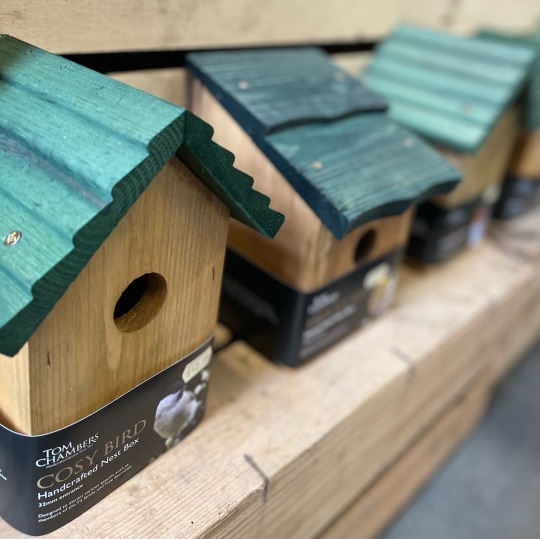

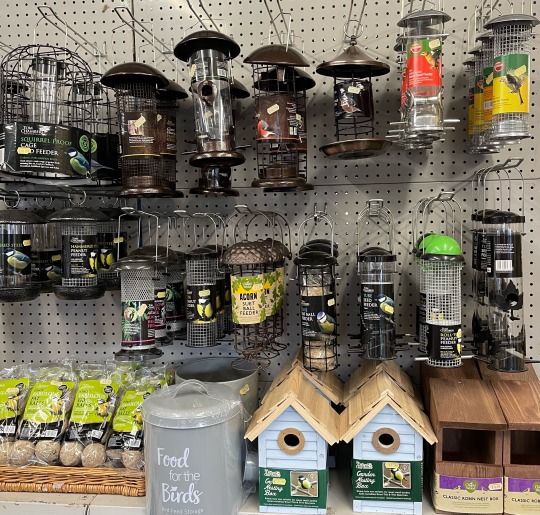

Big delivery of bird houses, bird boxes, bird food and feeders.
Why not pop in and take a look!
We are open seven days a week 10am – 4pm including bank holidays
Horsfields Nursery Tel:- 01226 790441
Horsfields Nursery
Pot House Hamlet
Silkstone
Barnsley
South Yorkshire
S75 4JU
Beautiful plants in a beautiful place
www.horsfieldsnursery.co.uk
Need some March inspiration?
Click on the link below to listen to gardening jobs for March
https://youtu.be/DdgEuRqP3k4?feature=shared
Like to keep in the loop about our special offers & receive helpful hints and tips on gardening.
Why not sign up to our newsletter?
http://eepurl.com/bwMctr
Stay fit. Stay healthy. Keep gardening!
#pothousehamlet
#gardencentrebarnsley
#gardencentrepenistone
#plantnursery
#nursery
#silkstone
#barnsley
#southyorkshire
#gardencentrenearme
#penistone
#silkstonecommon
#gardentips
#gardenideas
#thurgoland
#Darton
#whattodointhegardennow
#westbretton
#garden centre#garden ornaments#garden centre near me#pot house hamlet#garden centres near me#penistone#plant nursery#bird boxes#attractions near penistone#things to do near penistone
0 notes
Photo



Bird boxes for RW
0 notes
Text
Things to Do that Aren't Related to Growing Plants
This is my second post in a series I’ll be making on how to increase biodiversity on a budget! I’m not an expert--just an enthusiast--but I hope something you find here helps!
Some of us just don’t have much luck when it comes to growing plants. Some of us simply want to aim for other ways to help that don’t involve putting on gardening gloves. Maybe you've already got a garden, but you want to do more. No problem! There’s a couple of options you can look into that’ll help attract wildlife in your area without even having to bring out any shovels!
Provide a Water Source
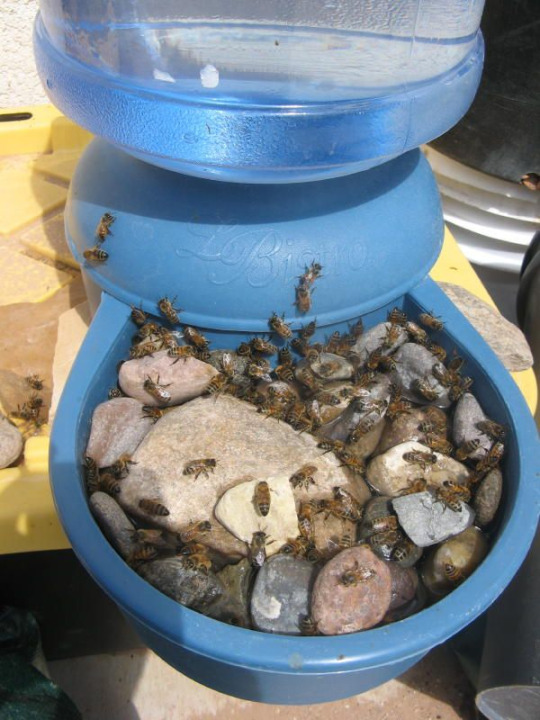
Oftentimes when I see ‘add a water source’ in informational articles about improving your backyard for wildlife, it’s almost always followed by an image of a gorgeous backyard pond with a waterfall and rock lining that looks expensive to set up, difficult to maintain, and overall just… not feasible for me. Arguably, not feasible for a lot of people. And that’s okay! There’s still ways to add water in your garden for all kinds of creatures to enjoy!
There’s tons of ways to create watering stations for insects like bees and butterflies. A self refilling dog bowl can work wonders! Add some stones into the receiving tray for insects to land on or use to climb out, and you’ve got a wonderful drinking spot for all kinds of insects! You can also fill a saucer or other dish with small stones and fill it, though it’ll likely need refilling daily or even several times a day during hot times.
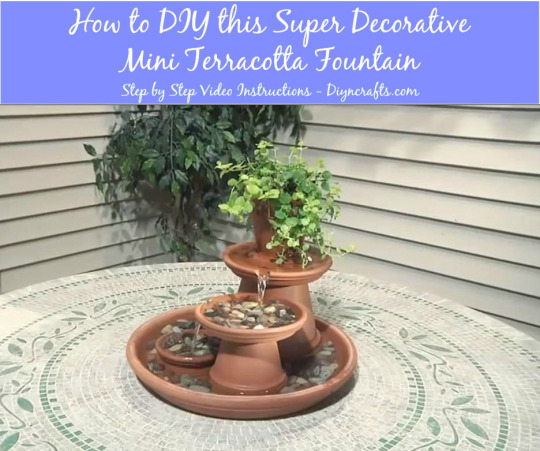
I've seen people online use all kinds of things to make water features. Some go with terra-cotta pots, pebbles, and a cheap pump to get a small and simple fountain. Others use old tires, clay, and a hole in the ground to create an in-ground mini pond system. If all else fails, even a bucket or watertight box with a few plants in it can do the trick--though do be wary of mosquitoes if the water isn’t moving. In situations like these, a solar-powered fountain pump or bubbler are great for keeping the water moving while still making it a drinking option for wildlife (it not even more appealing for some)--and these items can be obtained fairly cheap online!
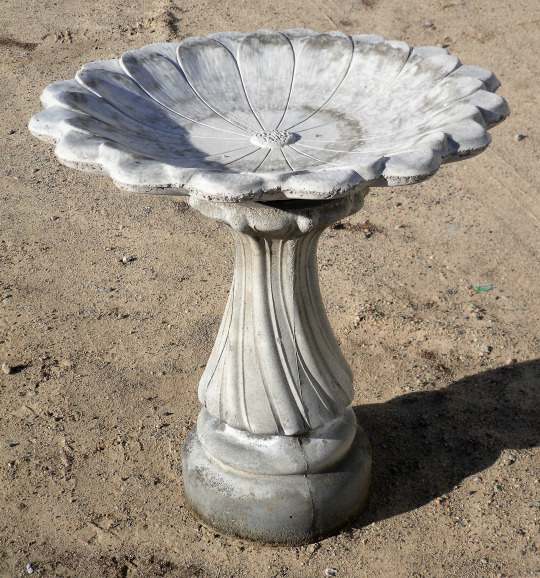
Bird baths are an option as well--a classic way to provide for birds in your area, they can be easy to find online or in a gardening store! The only downside is that a good, quality bird bath can be pricey up-front. However, a nice stone bird bath should last a long time, be easy to clean and refill, and be enjoyed by many birds! I’ve also seen tutorials on how to make your own with quickcrete! Bird baths will be a welcome sight to birds, as they provide a space for them to drink and bathe to regulate the oils in their feathers for flight and insulation. Putting a stone in the middle will also help insects to escape if they fall in, and provide a place to perch so they can get their own drink. You’ll want to change the water and clean the baths regularly--as often as once a week, if you can manage it.
If possible, it’s highly encouraged to fill and refill water features with rainwater instead of tap water. Tap water is often treated, so instead of using hoses or indoor kitchen water, collecting some rainwater is a great alternative. Collecting rainwater can be as simple as leaving cups, bins, or pots outside for awhile.
Butterflies and other creatures will also drink from mud puddles. If you can maintain an area of damp soil mixed with a small amount of salt or wood ash, this can be fantastic for them! Some plants also excel at storing water within their leaves and flowers (bromeliads come to mind), making them an excellent habitat for amphibians as well as a drinking spot for insects and birds.
Bird Feeders and Bird Houses

Some of the fancy, decorated bird feeders are expensive, but others can be pretty low-cost--I got my bird feeder from Lowe’s for around 10 dollars, and a big bag of birdseed was around another 10 dollars and has lasted several refills! If you don’t mind occasionally buying more birdseed, a single birdfeeder can do a lot to attract and support local birds! If you’re handy, have some spare wood, and have or can borrow some tools, you may even be able to find instructions online to make your own feeder. You may not even need wood to do so! Even hummingbird feeders, I’ve found, are quick to attract them, as long as you keep them stocked up on fresh sugar water in the spring and summer!
An important note with bird feeders is that you have to make sure you can clean them regularly. Otherwise, they may become a vector for disease, and we want to avoid causing harm whenever possible. Also keep an ear out and track if there’s known outbreaks of bird diseases in your area. If local birding societies and scientists are advising you take your birdfeeders down for awhile, by all means, do it!

Bird houses are naturally paired with bird feeders as biodiversity promoters for backyard spaces, and it makes sense. Having bird houses suited to birds in your area promotes them to breed, raise their young, disperse seeds, and generally engage in your surrounding environment. Setting them up takes careful selection or construction, preparation, and some patience, but sooner or later you might get some little homemakers! Keep in mind, you will need to clean your birdhouses at least once a year (if not once per brood) to make sure they’re ready and safe for birds year after year--you wouldn’t want to promote disease and parasites, after all. But they could be a valuable option for your landscape, whether you purchase one or construct your own!
Again, do make sure you're putting up the right kind of boxes for the right kinds of birds. Bluebird boxes are some I see sold most commonly, but in my area I believe they're not even all that common--a nesting box for cardinals or chickadees would be far more likely to see success here! And some birds don't even nest in boxes--robins and some other birds are more likely to use a nesting shelf, instead! Research what birds live in your area, take note of any you see around already, and pick a few target species to make homes for!
Solitary Bee Houses

A bee house or bee hotel is a fantastic way to support the solitary bees in your area! For a few dollars and some annual cleaning, you can buy a solitary bee house from most big box nurseries. Alternatively, you can make one at home, with an array of materials you may already have lying around! You can even make them so that they’ll benefit all kinds of insects, and not necessarily just bees.
Though you don’t even necessarily have to break out the hammer and nails, buy a ton of bricks, or borrow a staple gun. Making homes for tunneling bees can be as simple as drilling holes in a log and erecting it, or drilling holes in stumps and dead trees on your property. You might even attract some woodpeckers by doing this!
Providing Nesting Area
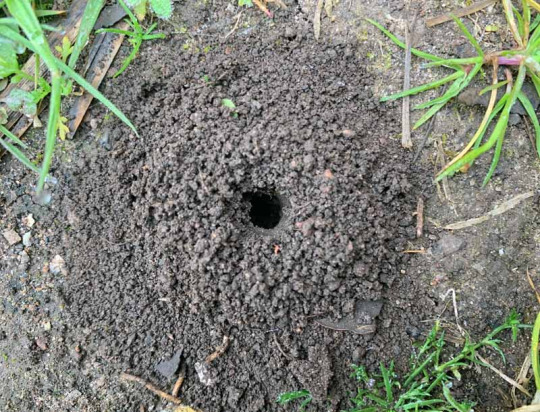
There are tons of different kinds of bees, and they all make different kinds of homes for themselves. Not all of them make big cavity hives like honey bees, or will utilize a solitary bee house. Bumblebees live in social hives underground, particularly in abandoned holes made by rodents--some others nest in abandoned bird nests, or cavities like hollow logs, spaces between rocks, compost piles, or unoccupied birdhouses. Borer, Ground, and Miner bees dig into bare, dry soil to create their nests. Sparsely-vegetated patches of soil in well-drained areas are great places to find them making their nests, so providing a similar habitat somewhere in the garden can encourage them to come! I do talk later in this document about mulching bare soil in a garden--however, leaving soil in sunny areas and south-facing slopes bare provides optimal ground nesting habitat. Some species prefer to nest at the base of plants, or loose sandy soil, or smooth-packed and flat bare ground. They’ve also been known to take advantage of soil piles, knocked over tree roots, wheel ruts in farm roads, baseball diamonds and golf course sand traps. You can create nesting ground by digging ditches or creating nesting mounds in well-drained, open, sunny areas with sandy or silty soil. However, artificially constructed ground nests may only have limited success.
Providing Alternative Pollinator Foods
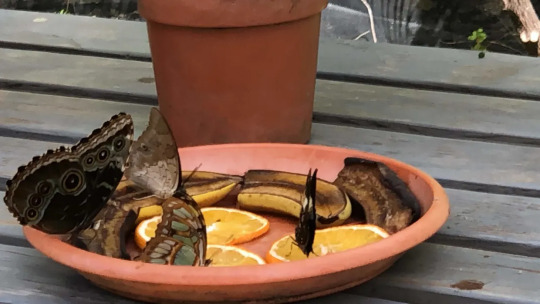
Nectar and pollen aren’t the only foods sought out by some pollinators! Some species of butterflies are known to flock to overripe fruit or honey water, so setting these out can be an excellent way to provide food to wildlife. You may want to be cautious about how you set these out, otherwise it can help other wildlife, like ants or raccoons. Butterflies may also drop by to visit a sponge in a dish of lightly salted water.
Bat Houses and Boxes
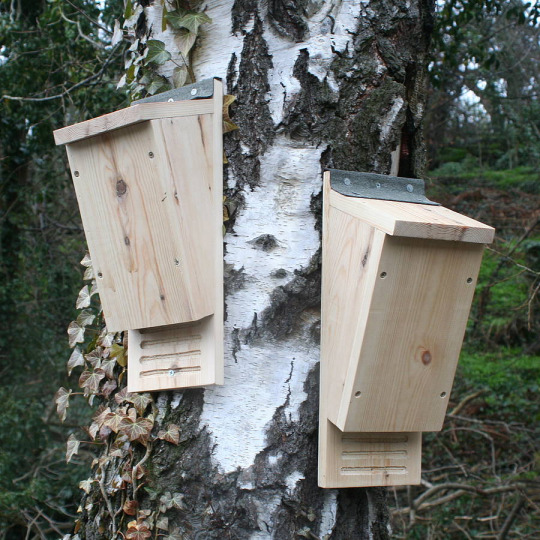
Big or small, whether they support five bats or five hundred, making bat boxes and supporting local bats is a great way to boost biodiversity! Not only will they eat mosquitoes and other pest species, but you may also be able to use the guano (bat droppings) as fertilizer! Do be careful if you choose to do that though--I’ve never had the opportunity to, so do some research into how strong it is and use it accordingly.
Provide Passageway Points
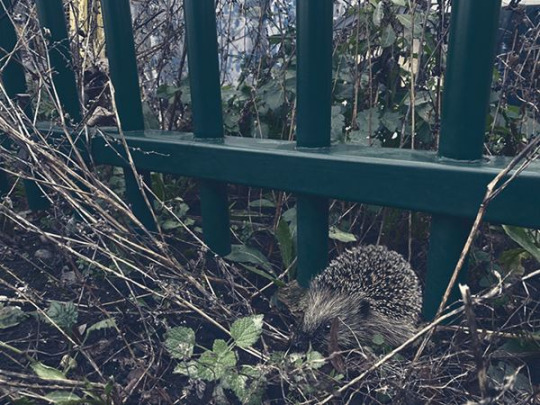
If you want your area to be more accessible for creatures that can’t fly or climb fences, allowing or creating access points can be an excellent way to give them a way in and out. Holes in the bottom of walls or fences can be sheltered with plants to allow animals through.
In a somewhat similar manner, if you’re adding a water fixture, it’s important to provide animals a way to get into and out of the pond--no way in, and they can’t use the water. No way out, and they may drown. Creating a naturalistic ramp out of wood beams or sticks, or stepped platforms out of bricks, stones, or logs can do the trick.
Get or Keep Logs and Brush Piles

I’ve already mentioned logs a good handful of times so far in this post. To be used as access ramps, or as nesting areas for solitary bees. But they have value as much more than that! Logs on the ground provide shelter for all kinds of animals, especially depending on size--anything from mice, reptiles, and amphibians to things like turkey vultures and bears will use fallen logs as shelter. Inside of a decaying log, there’s a lot of humidity, so amphibians are big fans of them--meanwhile, the upper sides of them can be used as sunning platforms by things like lizards. Other animals can also use the insides of logs as nest sites and hiding places from predators too big to fit inside. Fungi, spiders, beetles, termites, ants, grubs, worms, snails, slugs, and likely much more can be found inside rotting logs, using the rotting wood as food sources or nesting places. They can then provide food for mammals, amphibians, reptiles, and birds. They can also be regarded as a landmark or territory marker as wildlife get more familiar with your space.
So how do you get logs for cheap? Try Chip Drop! I talk about them more in a future post, but you can mark saying that you’d like logs in your drop, so they’ll give you any they have! In fact, you may even get a drop faster if you're willing to accept some logs. You may also be able to approach arborists you see working in your area and ask for logs. There may also be local online listings for people selling logs for cheap, or just trying to get rid of them. If there’s land development going on near you, you may be able to snag logs from trees they cut down to make space. Do keep in mind, you don’t need to have huge gigantic logs laying around your property to make an impact--even small logs can help a lot.

If possible, creating and leaving brush piles on the edge of your property can be a great boost to biodiversity--even if you may not see the wildlife using it. They’ll provide shelter from weather and predators, and lower portions are cool and shady for creatures to avoid the hot sun. The upper layers can be used as perch sites and nest sites for song birds, while lower layers are resting sites for amphibians and reptiles, and escape sites for many mammals. As the material decays, they also attract insects, and as such they’ll attract insect-eating animals too. As more small animals find refuse in your brush pile, their predators will be attracted to them as well. Owls, hawks, foxes, and coyotes are known to visit brush piles to hunt. Making a brush pile can be as simple as piling branches and leaves into a mound, as big or as small as you want. You can even use tree stumps or old fence posts near the base, and keep stacking on plant trimmings and fallen branches. Do note that you don’t want to do this near anything like a fire pit.
Don't forget, with all of these, your mileage may vary for any variation of reasons, so don't worry if you can't take all of even any of these actions! Even just talking about them with other people may inspire someone else to put out a bat box, or leave a few logs out for wildlife!
That's the end of this post! My next post is gonna be about ways to get seeds and plants as cheaply as possible. For now, I hope this advice helps! Feel free to reply with any questions, success stories, or anything you think I may have forgotten to add in!
#biodiversity#solarpunk#environmental stewardship#gardening#outdoor gardening#(i know this is literally the Dont Gotta Garden post but these could also be excellent additions to a preexisting garden so)#ani rambles#out of queue#the biodiversity saga#here in the tags to once again emphasize your mileage may vary with all of these#my mom is scared of bats theres no way in hell shes gonna let me put up a bat box#but I have been able to put out a shallow bird bath and a little solarpowered hummingbird bath fountain#do what you can! every bit counts! You may be able to do something that I or your neighbors can't!#for example my nextdoor neighbors have literally no trees in their backyard where the hell would they put a bat box#meanwhile i have trees in my backyard but still can't put up a bat box. maybe the neighbors next to me could!#similarly brush piles are a no go for my family but someone somewhere else could set one up!#i am rambling in the tags now uh long story short do what you can don't stress about what you can't
4K notes
·
View notes
Text
Singing Bird Box Almost 200 Year's Old
#music box#old toys#antique#birdlovers#birds song#omg#video#amazing#weird#strange#my video#hilarious#funny#lol#laugh
967 notes
·
View notes
Text

No Context Crow #320: Bento Crow
From Shadowsantos on Redbubble!
#crows#corvids#corvidae#birds#animals#art#drawing#illustration#print#art print#bento#bento box#lunch box#lunchtime#this looks really good <3#food#cooking#daily crows#crow queue#No Context Crow No. 320
650 notes
·
View notes
Text

An Eurasian nuthatch/nötväcka inspecting a nest box. Värmland, Sweden (April 6, 2017).
160 notes
·
View notes
Text
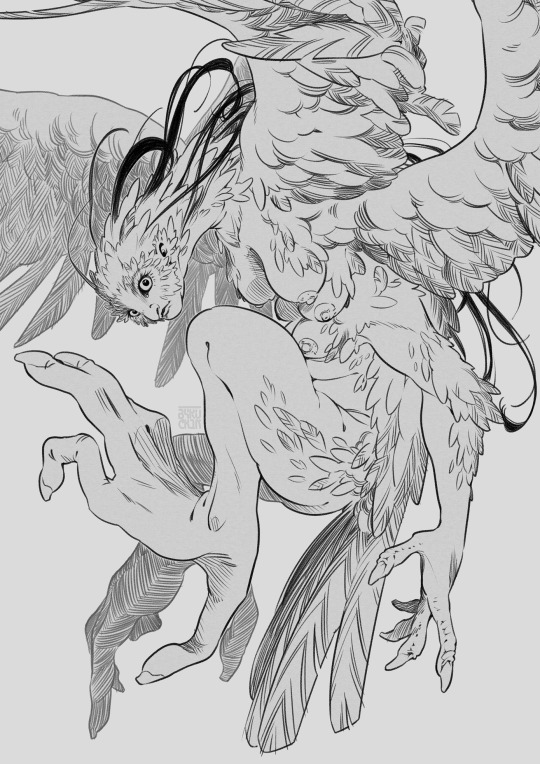
siren
#bakuspecial#cw: nudity#cw: body horror#monster#siren! I think. they're bird to me#I think this has been brewing since that stream mim did of drawing dnd monsters only from official text description#and when the official art for the sirens were shown I was like. oh thats just a woman with wings#lmao like. granted. its an official dnd book available for all audience. you cant make it too Bad To Look At#(I do not agree with this but it wasnt about me. if its about me its gonna be about very few people lmao)#but yeah. after that I got slightly too into the idea of putting more bird into birdwoman#but I also do genuinely love monsters that are Rearranged Human Parts so. I couldnt commit too much to the bird scales Im so sorry#I wanted the fleshiness. the feel. textural experience of holding her hands and being like oh that's a human#even when ur eyes tell u otherwise. mmm#...I looked to my right as I was typing these tags and saw. the fucked up pikmin I tried to sculpt the other day along with the pin#and got startled#its so. its so fucked up. gods. dusty white naked grainy parsnip#I used to have that one doll I butchered wanting to customize in a box next to me and thats way less upsetting than this. man#its perfect actually I will never throw this thing away. anyways#now. now I go to bed. its sleep time for the baku#have a good night lads! you CAN have it both way easily you just need a big bat
501 notes
·
View notes
Text

#The Hobbies of Saturn’s Seven Rings#Saturn#planet#planets#Ring A#Ring B#Ring C#Ring D#Ring E#Ring F#Ring G#Beatrix Potter#toy horses#poetry#birds#ornithology#birdhouse#stamps#boxing#crimes#astronomy#space
258 notes
·
View notes
Note
Do you have any cool facts about Missouri wildlife?
I'd love to share something with my Midwestern friends, and thank you for always updating this blog!
I don't know if i have any Missouri animal facts per se... but I can share some of the state symbols with everyone.
We moved around a lot when we first came to the U.S. and we lived briefly in Kansas City. I have great memories of going to the Ozarks at Christmas time (near Lake of the Ozarks). I specifically remember following woodpeckers and deer around the forest in the snow.
SOME MISSOURI STATE SYMBOLS:
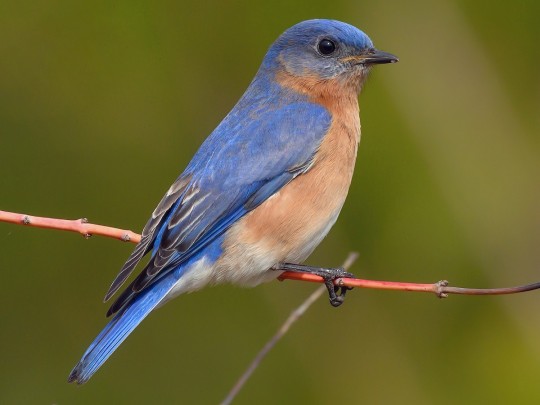
STATE BIRD: Eastern Bluebird (Sialia sialis), family Turdidae, order Passeriformes, found across much of the central and Eastern U.S., SE Canada, and NW Mexico
Changes in land use lead to drastic declines in Eastern Bluebirds after the early 1900s. They have recovered in many places, due to "bluebird trails", reestablishing appropriate habitat and nest box campaigns for public and private property.
Find out more: NestWatch | Eastern Bluebird - NestWatch
Blue birds are in the thrush family, Turdidae, along with American Robins.
They eat mainly worms, insects, and other small invertebrates (but also take berries for part of the year).
Bluebirds are cavity nesters, nesting in tree holes usually, but will readily take to properly constructed and placed nest boxes.
Males (pictured) are brighter blue, and females are a more muted and faded blue or bluish gray.
photograph by Keith Kennedy

STATE AQUATIC ANIMAL: American Paddlefish (Polyodon spathula), family Polyodontidae, order Acipenseriformes, found in various parts of the Mississippi River basin
This species is the only member of this family that still exists. They are most closely related to sturgeons. This order, Acipenseriformes, is considered one of the most evolutionarily primitive groups of ray finned fishes.
They do not have scales, and their skeleton is mostly cartilaginous.
They are filter feeders. Their heads and rostrums are covered with thousands of sensory receptors, which help them locate zooplankton swarms.
They are considered "vulnerable" due to overfishing, habitat degradation and destruction, and pollution.
photograph via: US Fish & Wildlife Service
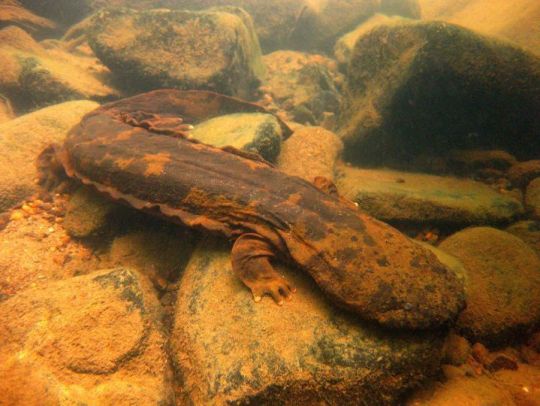
STATE ENDANGERED ANIMAL: Eastern Hellbender (Cryptobranchus alleganiensis), family Cryptobranchidae, eastern United States
The largest salamander in the Americas, it grows to a total maximum length of up to 40 cm (15.7 in).
Though nationally it is considered to be just "vulnerable", in some states (like Missouri), it is "endangered".
photograph by Mark Tegges

STATE REPTILE: Three-toed Box Turtle (Terrapene triunguis), family Emydidae, found in the South-central and Southeastern U.S.
This specie shas been considered to be a subspecies of the Eastern Box Turtle, T. carolina (and still is by some herpetologists).
These turtles are terrestrial, but are not closely related to tortoises. They are in the same family as aquatic sliders, pond turtles, cooters, map turtles, and painted turtles.
photograph by Noppadol Paothong
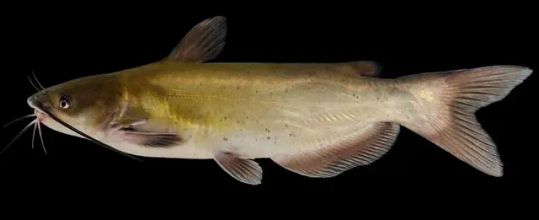
STATE FISH: Channel Catfish (Ictalurus punctatus), family Ictaluridae, order Siluriformes, found in freshwater habitats in the eastern and southern US, southern Canada, and northern Mexico
They are widely caught, and have been introduced into waterways in other parts of North America and around the world. (In some places they are considered an invasive species).
photograph via: Missouri Dept. of Conservation

photograph by Brian.gratwicke
#Acipenseriformes#paddlefish#fish#ichthyology#box turtle turtle reptile#herpetology#bluebird#thrush#bird#ornithology#north america#hellbender#salamander#amphibian#animals#nature#catfish
177 notes
·
View notes
Text
Just found out about the Pennant Winged Nightjar. what the hell is this thing
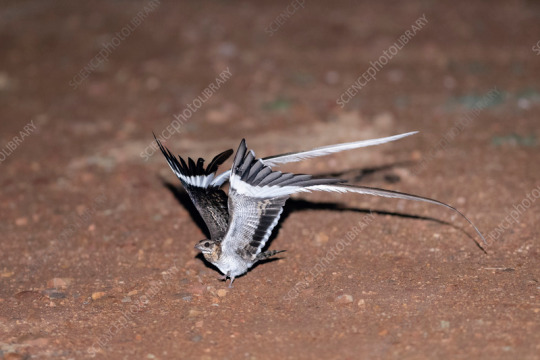

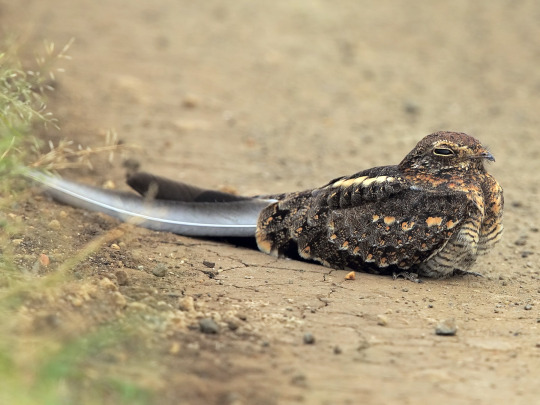

#telekitnetic's silly mind box#i wanna know more ab this thing......#look at it's wings and big ol eyes!!!!#this would be a very fun bird to make a formline of (i think)
261 notes
·
View notes
Note
Does bunny reader have any animalistic/omegaverse/hybrid features? Like going through heats or marking partner/getting marked to feel better, having the urge to feel the scent of their partner (even if it's not a/b/o universe). Maybe some other bunny instincts that we haven't discussed yet👀
If not, what are they afraid of the most? Do they show it?
The Bunny Reader does have heat cycles. I actually have a few asks in my drafts regarding the Bunny in heat that I have yet to answer, but Bunny does have heats and needs the help of someone to “suppress” it.
Actually, similar to cats that have a special spot that can be pushed down on to suppress a heat, Bunny Reader has one too! In cats, they have a special spot on their lower bodies where the male cats mount on, and applying just a bit of pressure on that spot can satisfy a heat (temporarily) so your female cat isn’t in discomfort. HOWEVER. Since this is only a temporary solution, Bunny Reader prefers to just have sex since the effects last so much longer.
Bunny Reader also has the characteristics of things like scenting when she’s in a heat. Sometimes she’ll be “extra affectionate” when cuddling up to the HSR women, but really she’s just trying to nuzzle her scent all over them as “her mates.”
Besides heats and scenting however, Bunny Reader sometimes gets zoomies when she’s super excited for something. It is not uncommon to see Bunny Reader (or the Bunny employees in general) just zooming around the casino at the speed of light <3
#🕯️spirit box#casino au#casino au lore drop lol#as for bunny reader’s fears…#she’s probably most afraid of big birds#think falcons and hawks#even tho she’s the size of a regular human#her bunny instincts just make her afraid
146 notes
·
View notes
Text

This was some art i made a little while ago. I really like the way it turned out!!! I used a lot of brushes I don't normally do but I think it works out!
#blue jay#fursona#bird#avian#macaw#furry#furry art#furry oc#would u hug them or no HMM#lil bird shoesies#power box
2K notes
·
View notes
Note
72 with V2 for the spotify thing


[TRACK 72] - BLACKBOXWARRIOR - OKULTRA /// WILL WOOD
#ID in Alt#I **swear** my music taste is more varied than this. I have a song on there that's entirely bird calls.#Ultrakill#V2 ultrakill#Anyway this is *kind of* a V2 song? I mean I can see it. Vaguely. Especially with the concept of a Black Box. So sure.#Wrapped 2023#Hrokkall sketch
274 notes
·
View notes
Photo







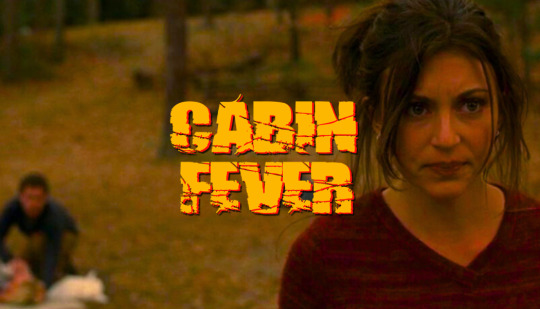


horror sub-genres • virus horror
virus horror is a sub-genre that defines itself differently than zombie horror. this sub-genre toys with people’s fear of sickness/parasites and the devestating outcome that it could have on society.
#ok yea 28 days later is on here that's cause i mistakinly labelled it as a zombie film but give me a break they look really close to zombies#but still my mistake#they don't technically die when they turn more like their rage is amplified#horror#horror movies#horror sub-genres#the crazies#the sadness#bird box#pontypool#planet terror#28 days later#slither#cabin fever#carriers#i am legend
611 notes
·
View notes